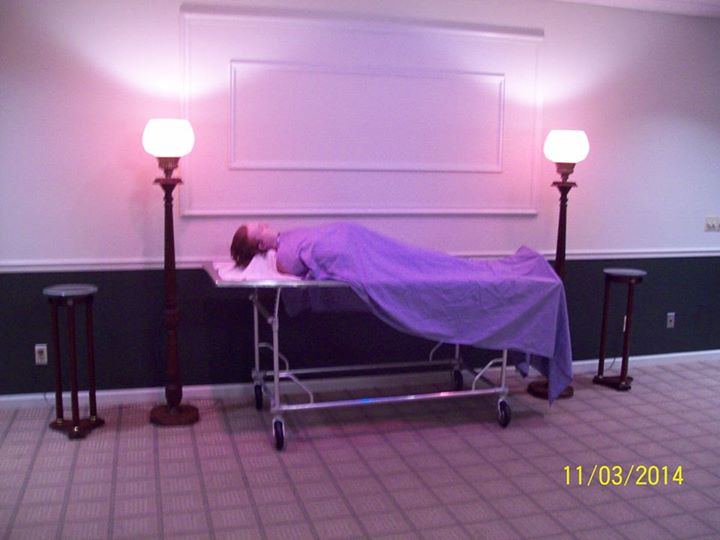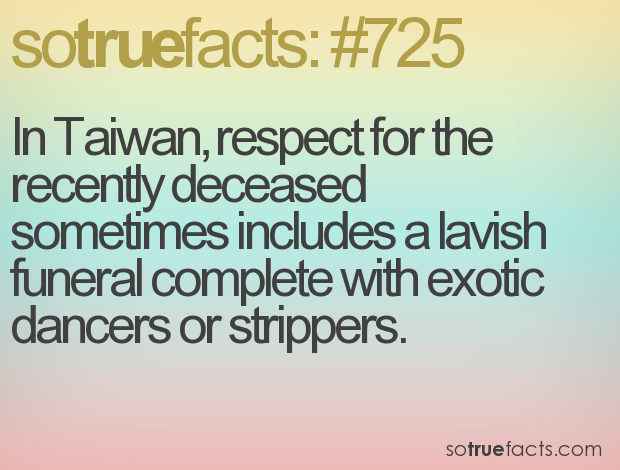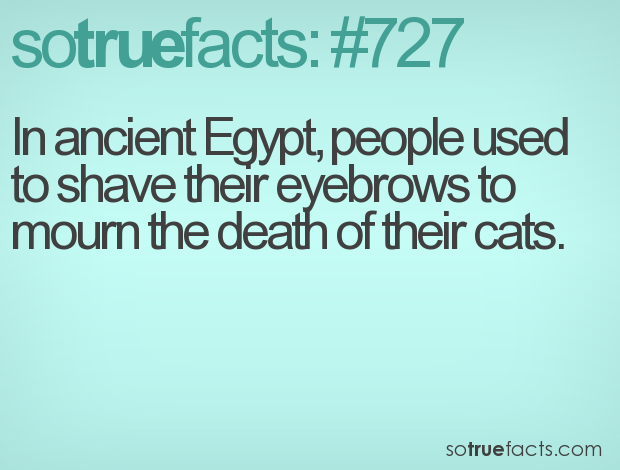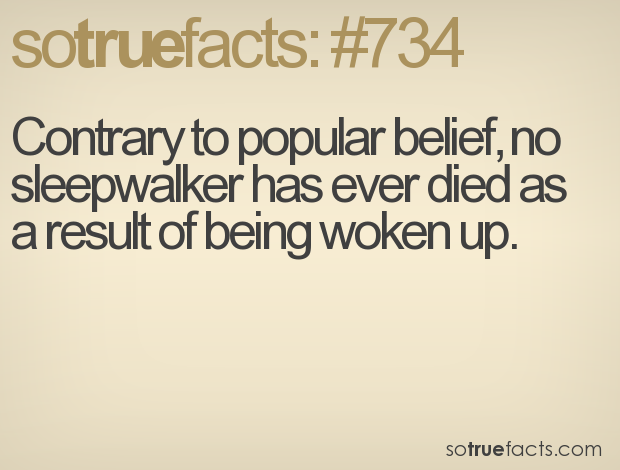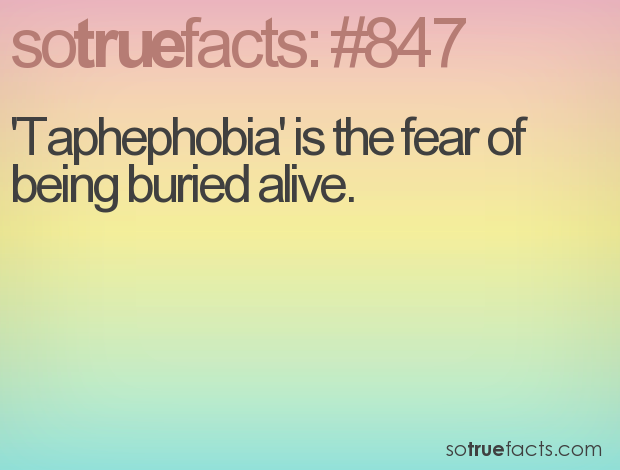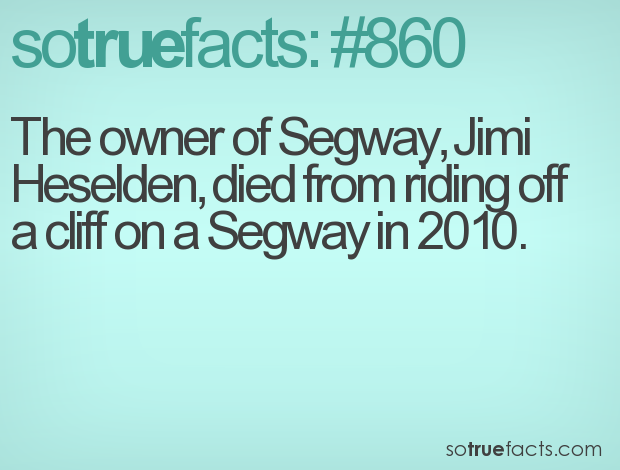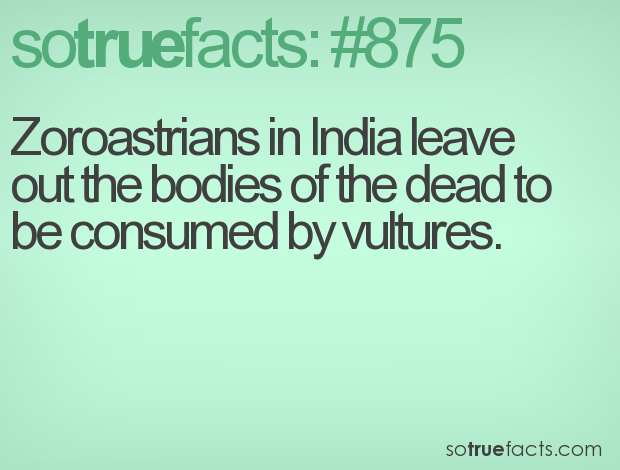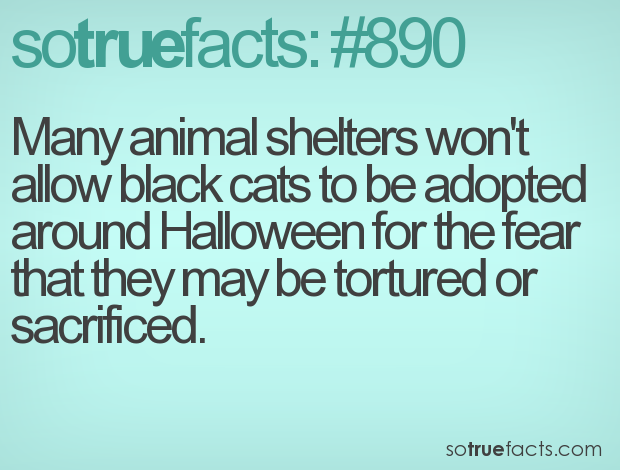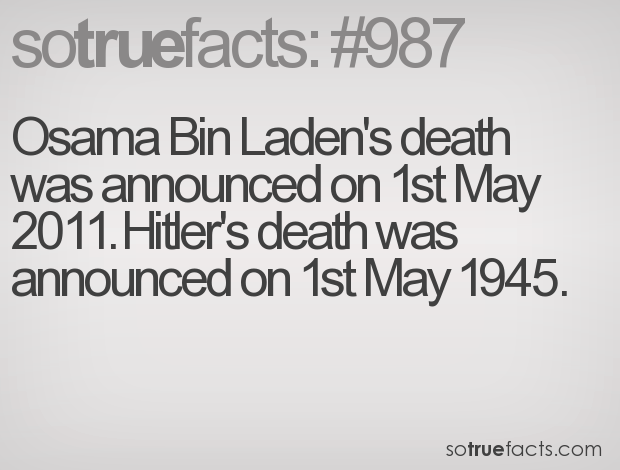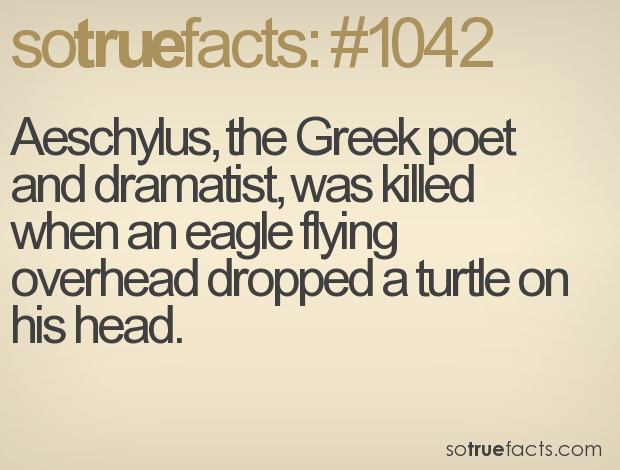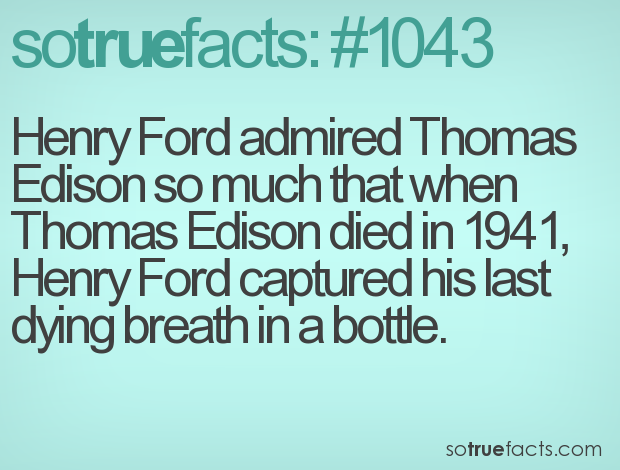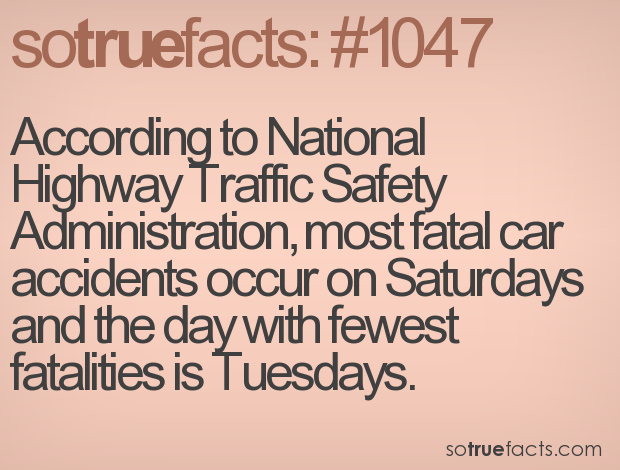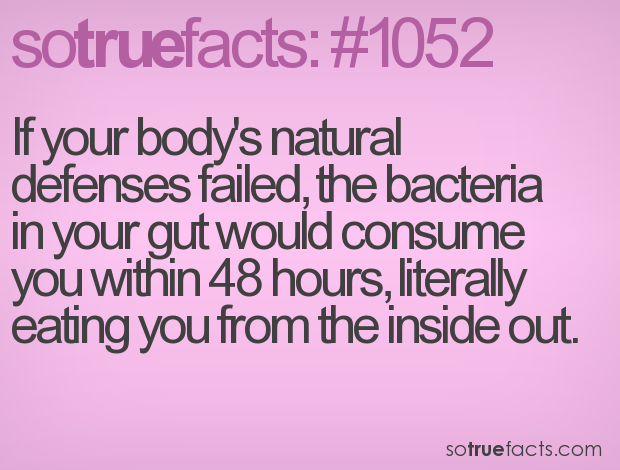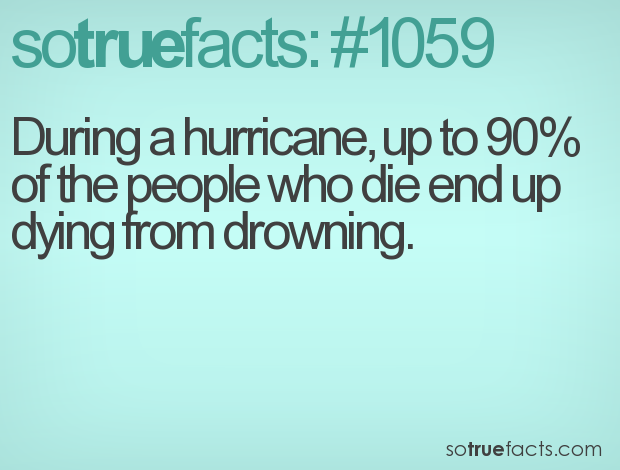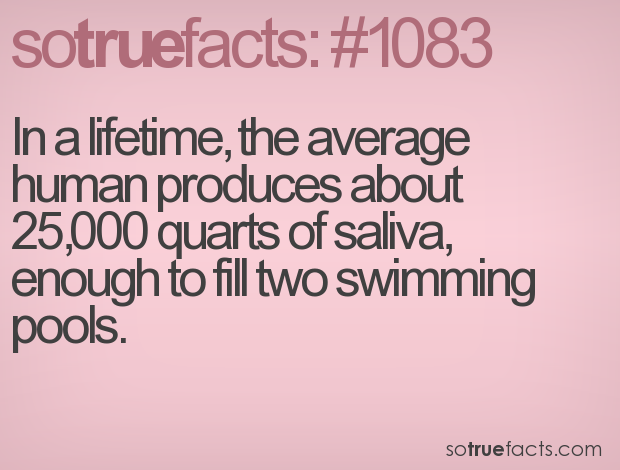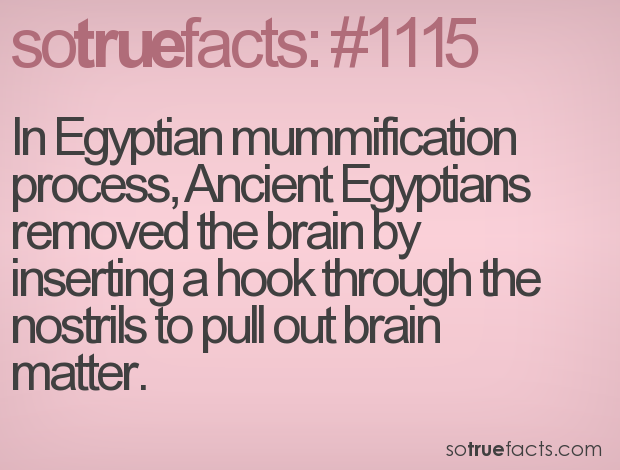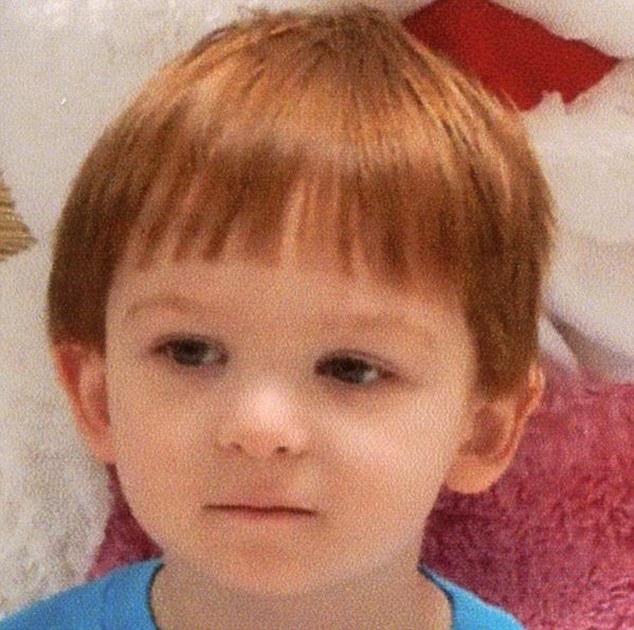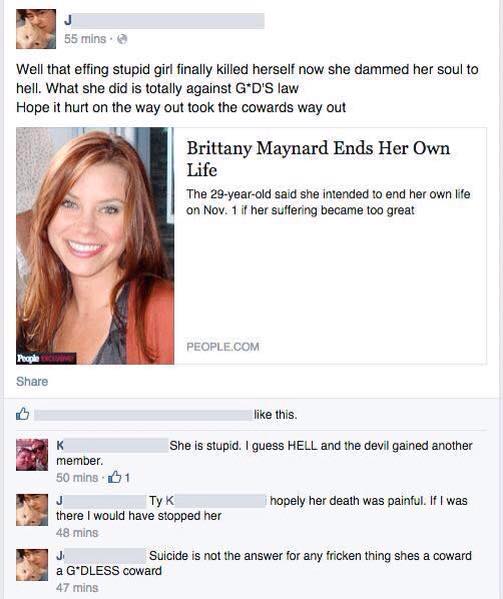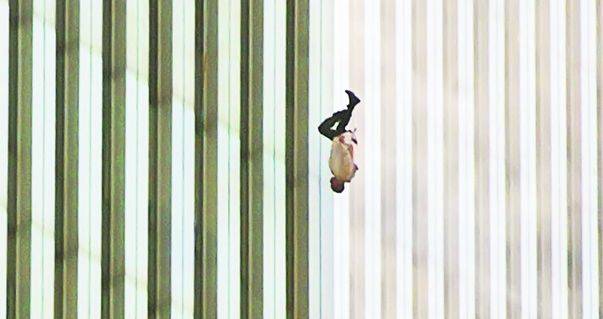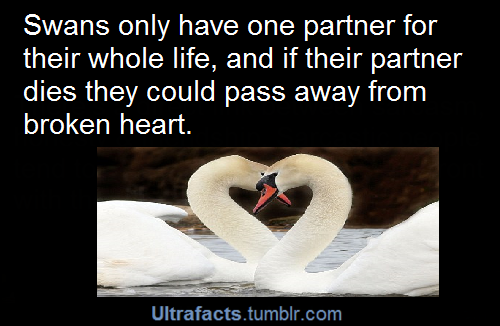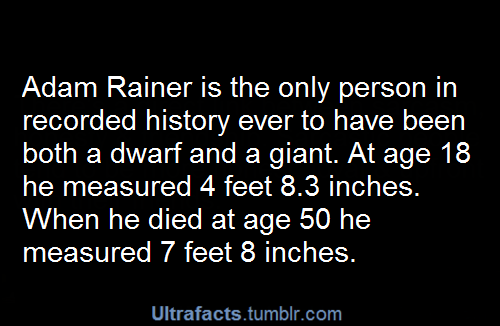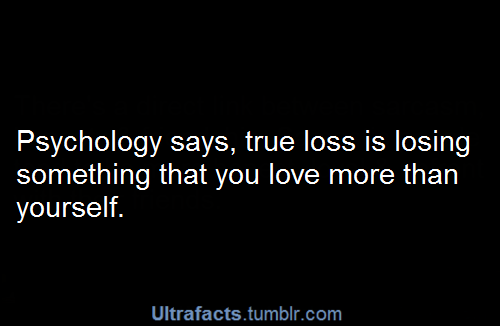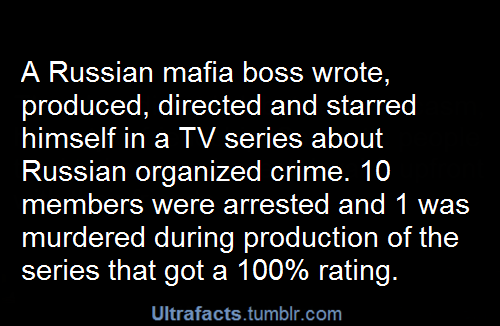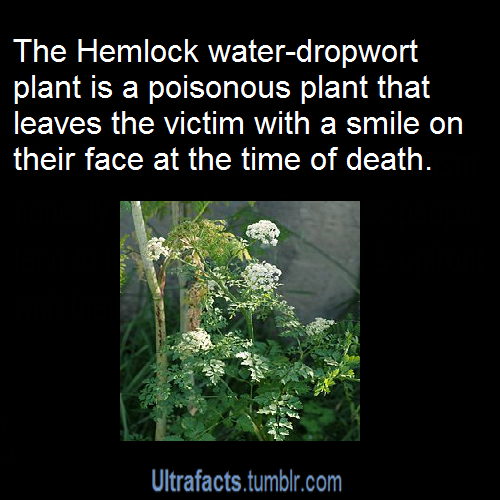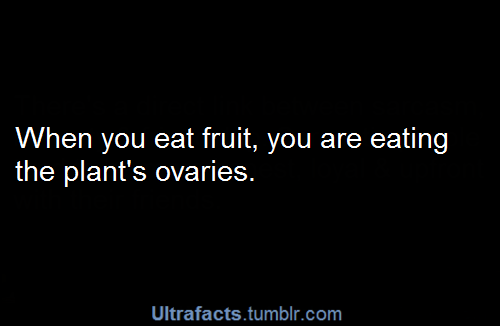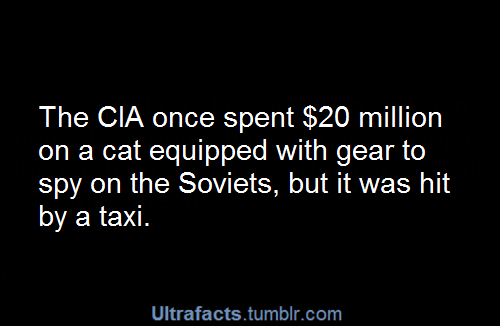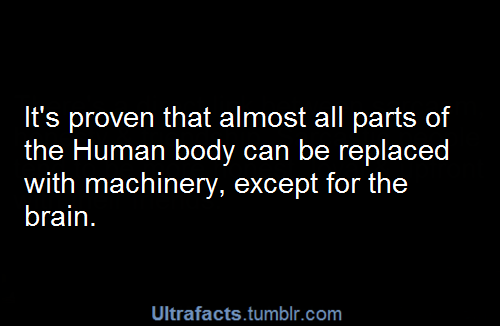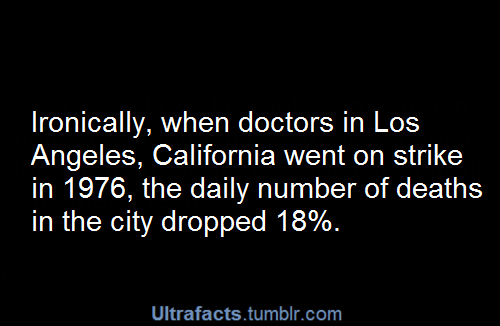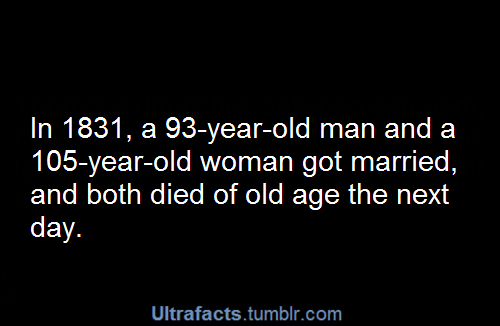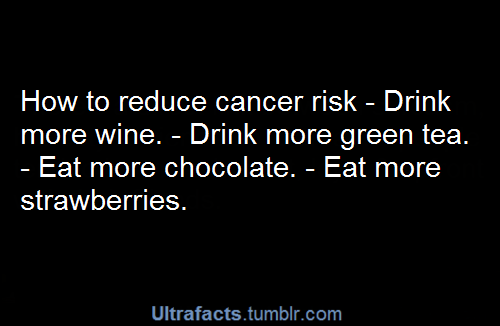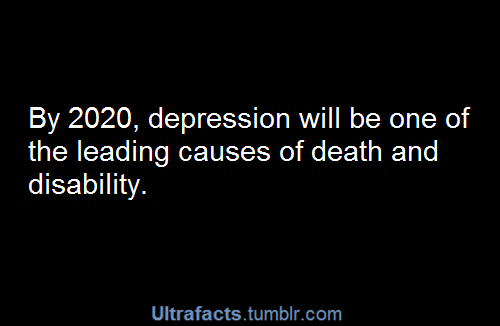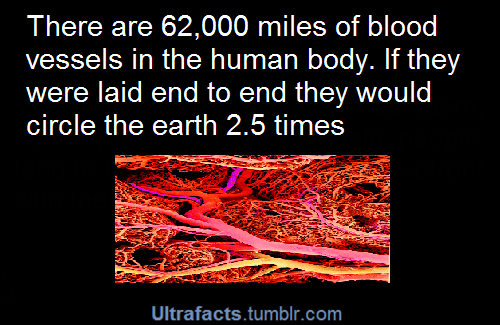Caleb Wilde
(218 comments, 980 posts)
Posts by Caleb Wilde
This is what a drug overdose can look like
Perhaps one of the best and healthiest coping mechanisms we can use in the face of intense tragedy is “benefit-finding”. When life is spiraling out of control and meaning is hard to find, we can find some substance by attempting to find good in tragedy … or by attempting to make good come from out of the tragedy.
The picture below is of 20 year old Jeramie who died from an overdose. The photo was taken by Jeramie’s father Mike. And Mike is using this photo to show how devastating drugs and drug addiction can be. He posted the photo and message on his facebook page and it has since gone viral.
In Memory and Honor of little Scotty McMillan
A couple miles from my home on Tuesday, November 4, 2014, three-year-old Scotty McMillan was found unresponsive in his home, the victim of abuse and torture from the hands of his mother and his mother’s boyfriend.
Local District Attorney Tom Hogan said, “Little Scotty McMillan is dead. Over a three day period … he was systematically tortured and beaten to death. He was punched in the face and in the stomach. He was scourged with a homemade whip. He was lashed with a metal rod. He was tied to a chair and beaten. He was tied upside down by his feet and beaten. His head was smashed through a wall.”
Via ABC 6,
Hogan said professionals with deep experience in these types of cases were brought to tears.
“Our ER nurses see a lot of terrible things. But when they saw his body, they wept,” Hogan said.
The district attorney says Gary Fellanbaum and Tait (the boyfriend and mother) went car shopping, bought pizza, took a nap and engaged in sexual activity – all while the child lay dying after weeks of relentless torture.”
Scotty’s death has shocked our quiet little countryside. As the father of two-year-old Jeremiah, I haven’t been able to read our daily newspaper’s more detailed descriptions of Scotty’s abuse. The idea of two full-grown adults abusing the small, defenseless body of a three year old …. My Jeremiah is so full of innocence, so full of wonder, trust and love, such actions committed against someone his age (or any age) have literally made my stomach turn in disgust. Over the last couple days, as we’ve attempted to process this story with family and friends, my emotions have gone from extreme anger towards Scotty’s “parents” to extreme sadness as I’ve imagined the pain Scotty must have felt in his final days.
As a way to protect myself, I’ve tried my best to ignore this story. I don’t want to think about it. I don’t want to imagine it. I don’t want to believe a mother could commit such actions. But I can’t ignore it.
Instead of directing my emotions in anger and hatred, I’ve decided my wife and I will make promises to our Jeremiah as a way of honoring Scotty’s short and brutal life. This is the only positive way I can cope. This is the best I can do.
To Jeremiah: In Memory and Honor of Scotty McMillan
You will never fear our hand or our touch.
You will never cower in fear of our anger.
You will never see us as monsters.
We will protect you from the monsters.
We promise to be your light, not your darkness.
We promise to use our strength in gentleness.
We promise our bodies will never harm yours.
We promise to teach you to love others, by loving you.
We, your mom and dad, will hold each other accountable.
And if we find ourselves straying as parents,
We won’t be proud. We won’t be arrogant.
We will seek outside help, because you — our child — deserve our best.
Peace will be found in our embrace.
Freedom will be found in our love.
Security will be found in our home.
Confidence in our love will be found in your heart.
This home is a place of peace.
This home is a place of rest.
This home is a place of patience.
This home is a place of growth.
Dear one, the world is full of trouble and pain.
But trouble and pain will not be found in this home.
The world is full of violence and abuse.
But violence and abuse will NEVER be found in this home.
